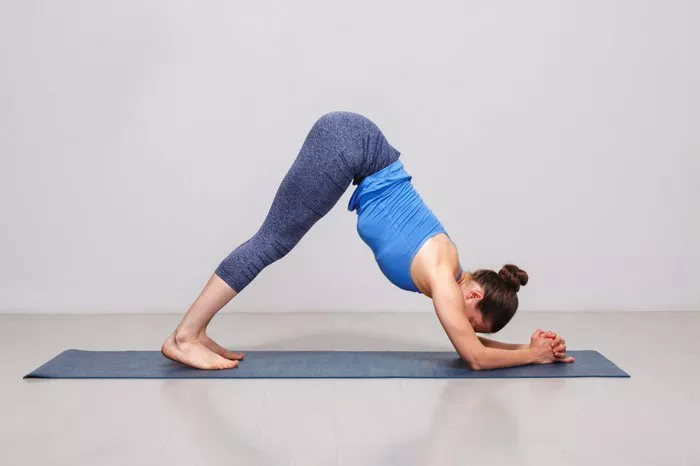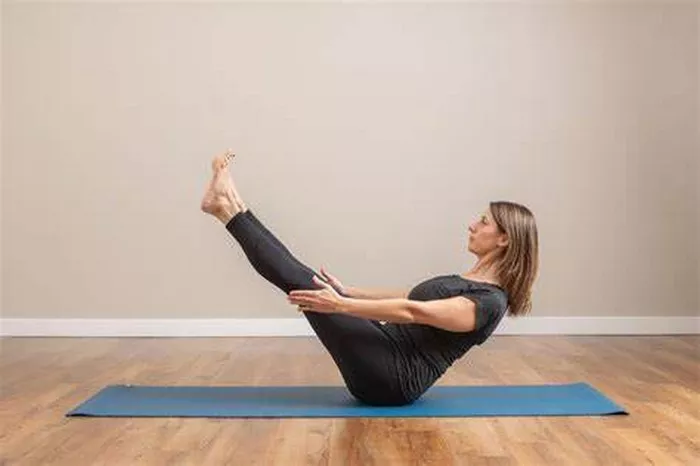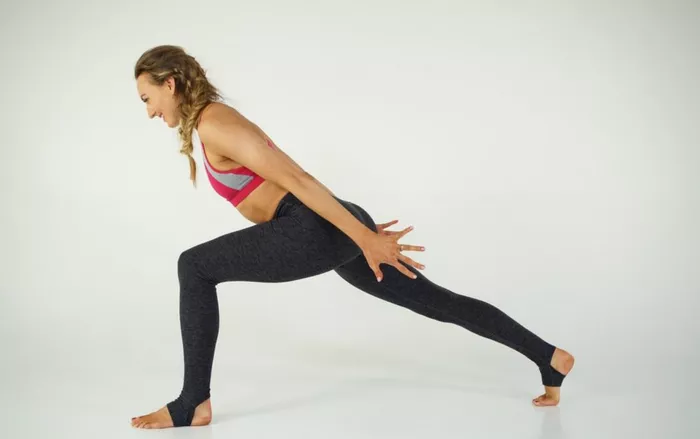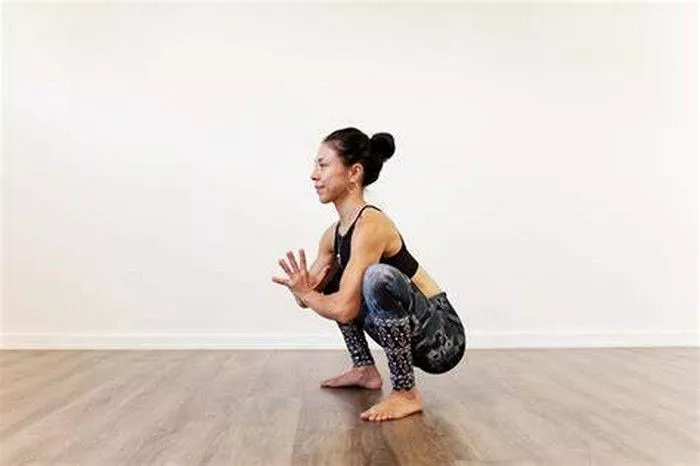Origins and Symbolism
Yoga, an ancient practice dating back thousands of years, encompasses a rich tapestry of poses, each with its own origins and symbolism. Dolphin Pose, or Ardha Pincha Mayurasana in Sanskrit, derives its name from its resemblance to a dolphin’s graceful arc as it breaks through the surface of the ocean. This pose is deeply rooted in the Hatha Yoga tradition, where it is believed to awaken the energy of the third eye chakra, promoting insight and intuition.
In yoga philosophy, the dolphin symbolizes intelligence, playfulness, and agility. By assuming the shape of this magnificent creature, practitioners aim to cultivate these qualities within themselves. Dolphin Pose invites individuals to tap into their inner strength and wisdom, guiding them on a journey of self-discovery and transformation.
Physical and Mental Benefits
The benefits of Dolphin Pose extend beyond the physical realm, encompassing a holistic approach to well-being. Physically, this pose strengthens the arms, shoulders, and upper back, helping to improve posture and alleviate tension in the neck and spine. As the chest opens and the heart lifts, practitioners experience an increased sense of vitality and energy flow throughout the body.
On a mental level, Dolphin Pose offers a reprieve from the stresses of daily life, fostering a sense of calm and clarity. By focusing on the breath and grounding through the forearms, individuals cultivate mindfulness and concentration, enhancing mental resilience and emotional stability. Regular practice of Dolphin Pose can promote a greater sense of self-awareness and inner peace, empowering practitioners to navigate life’s challenges with grace and equanimity.
Variations and Modifications
As with any yoga pose, Dolphin Pose can be modified to accommodate practitioners of all levels and abilities. For those with limited mobility or wrist issues, Dolphin Pose can be practiced with the forearms resting on a block or bolster, reducing strain on the joints. Additionally, individuals can modify the pose by bending the knees slightly or placing a folded blanket under the forearms for extra support.
For those seeking to deepen their practice, variations of Dolphin Pose offer an opportunity to explore new horizons. Dolphin Plank Pose, for example, challenges the core and stability muscles, while Dolphin Pose with leg lifts adds an element of dynamic movement and balance. Practitioners can also experiment with variations that incorporate props such as straps or yoga wheels to enhance flexibility and strength.
Step-by-Step Instructions
To practice Dolphin Pose, follow these step-by-step instructions:
1. Begin in a tabletop position on your hands and knees, with your wrists directly under your shoulders and your knees under your hips.
2. Lower down onto your forearms, keeping your elbows directly beneath your shoulders and your palms pressing firmly into the mat.
3. Tuck your toes and lift your hips towards the ceiling, coming into a downward-facing dog position.
4. Walk your feet in towards your elbows until your shoulders are stacked directly above your elbows.
5. Press firmly through your forearms and lift your shoulders away from the ears, drawing your shoulder blades down your back.
6. Engage your core muscles and lengthen through your spine, creating space between each vertebra.
7. Hold the pose for 5-10 breaths, breathing deeply and evenly through the nose.
8. To release, gently lower your knees back down to the mat and rest in child’s pose for a few breaths.
Precautions and Contraindications
While Dolphin Pose offers a wide array of benefits, it is essential to practice with caution, especially if you have any pre-existing health conditions or injuries. Individuals with high blood pressure, glaucoma, or detached retina should avoid practicing this pose, as it may increase intraocular pressure. Additionally, those with wrist, shoulder, or neck injuries should exercise caution and may need to modify the pose or seek guidance from a qualified yoga instructor.
It is crucial to listen to your body and honor its limitations. If you experience any discomfort or pain during the practice, ease out of the pose and take a restorative posture such as child’s pose. As with any yoga practice, it is essential to approach Dolphin Pose with mindfulness and awareness, focusing on alignment and breath throughout.
Conclusion
In conclusion, Dolphin Pose serves as a gateway to deeper exploration of body and mind, inviting practitioners to dive beneath the surface and uncover hidden treasures within. By embracing the origins and symbolism of this pose, harnessing its physical and mental benefits, exploring variations and modifications, and practicing with mindfulness and precaution, individuals can cultivate a profound sense of well-being and vitality that resonates far beyond the yoga mat.
FAQs:
What muscles does Dolphin Pose strengthen?
Dolphin Pose primarily strengthens the muscles of the upper body, including the shoulders, arms, and upper back. This pose targets the deltoids, triceps, and rhomboids, promoting stability and strength in the shoulder girdle and upper back region.
Is Dolphin Kick good for your back?
Dolphin Kick, a swimming technique resembling the motion of a dolphin, is generally considered beneficial for the back. It engages the core muscles, including the lower back muscles, while providing a low-impact cardiovascular workout. However, individuals with existing back issues should approach it with caution, ensuring proper form and technique to prevent strain.
What chakra is the dolphin pose?
In yoga philosophy, Dolphin Pose is associated with the Ajna (or third eye) chakra. This chakra is located between the eyebrows and is linked to intuition, insight, and perception. Practicing Dolphin Pose can help stimulate and balance the energy flow in this chakra, fostering clarity of thought and inner wisdom.























